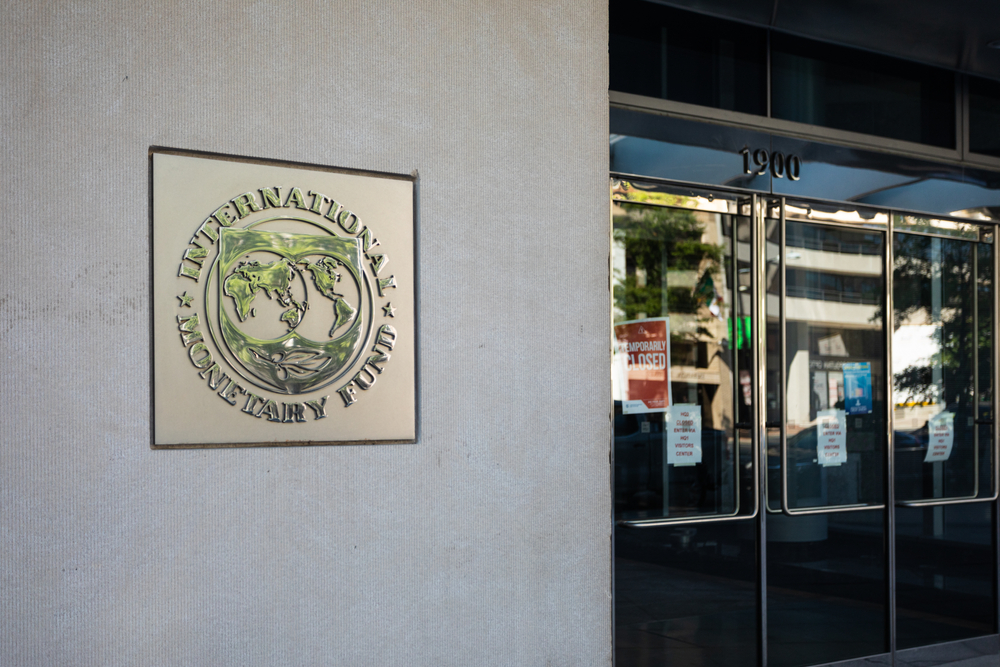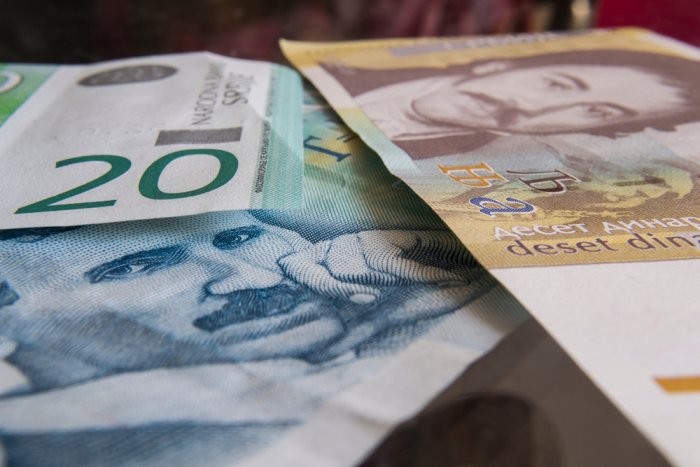Is the Period of low Inflation Confined to History?

Elliott Auckland
In an exclusive “think piece” for the Budapest Business Journal, Elliott Auckland, chief economist for the Budapest-based International Investment Bank, gives his overview of where we are and where we may be heading.
Last year, we put out economic forecasts for our EU-5 member states (Bulgaria, the Czech Republic, Hungary, Romania, and Slovakia), which we forecasted on average a 6% contraction in 2020, followed by a 3.8% recovery in 2021.
Today, we are looking far more optimistically at the region following the 4.7% contraction in 2020 and the now expected 4.9% recovery in 2021. We are particularly positive about the prospects of the Slovakian, Romanian, and Hungarian economies in 2021, all of whom could post growth of 5% this year.
Moving to 2022, we expect the economic recovery to pick up steam as economies will be fully open without any COVID closures, consumers will be spending built-up savings, and strong global growth will push up export demand.
We are forecasting 4.7% growth for the region in 2022, which would potentially put it on track for a “V-shaped” recovery (returning to its pre-COVID growth trajectory by 2024-2025). For the most part, those statistics are better than almost all of the developed world, notably better than the EU average, as the theme of economic convergence continues.
Many countries globally are now seeing inflation in the 4% to 6% range (despite global central banks targeting 2% to 4%). There is currently an extensive economic debate about the current and expected path of inflation, specifically, whether this inflation is transitory or part of something bigger.
Dramatic Increase
The inflationary argument points to current data points such as the headline inflation, metals prices, food prices, as well as a dramatic increase in the number of corporates mentioning inflationary costs (for instance, Berkshire Hathaway or Starbucks) or rising wages in the face of tight labor markets (such as McDonalds).
More structurally, there has been a focus on extremely accommodative monetary policy (both the record low interest rates and the traditionally unconventional QE programs), coupled with extremely accommodative monetary policy, which will take many economies above their output potential. On top of that, there has been much focus on supply chain costs, either due to disruption in the semi-conductor industry, shipping issues, or simply tightening labor markets in the Far East.
The central bankers’ response to that is that inflation is transitory. The main drivers of it are related to individual supply chain issues that will be resolved (for example, used car prices have shot up dramatically as a result of limited auto-production in the face of a microchip shortage), or because of the one-off effect of re-opening the economy, which is causing a sharp uptick in prices of services such as airline tickets and entertainment.
This argument is particularly strong when one assesses year-on-year data given the low base effect of companies cutting prices during the pandemic’s peak. Structurally speaking, many economists expect the same deflationary trends, which occurred pre-COVID to occur post-COVID. Specifically, that demographics will continue to put downward pressure on inflation (due to limited consumption and excess savings) mixed with continued cheap supply from global supply chains as the world continues to become more integrated, and, finally, technological advancement will ensure the cost of goods fall (from microchips to the cost of energy).
So, where do I sit on this debate? Structurally, I think that the days of extremely low inflation are now behind us globally. That is predominately because I don’t believe we will see another wave of globalization and, in particular, of Chinese production flooding the world with low-cost goods. Once you remove the enormous disinflationary force that China was in the equation, I think traditional forms of understanding inflation, such as the Phillips Curve, will return.
Historically Normal
As a result, by the end of 2022, we will begin to see inflationary pressure build on the back of solid and coordinated economic growth that will require global policymakers to tighten monetary policy somewhat. Here, I want to caveat that I do not foresee something too extreme; rather, a return to what has been historically normal, with a 10 Year U.S. Treasury yield returning to somewhere in the 3% to 4% range by late 2022 to early 2023.
Meanwhile, in Europe, 10 Year Bonds moving towards 1% in the same time frame will head towards 2% by 2024. The shift on the long end of the curve will be quite large compared to where we are today and what investors, corporates, and consumers have gotten used to. Central banks, as such, will have a very challenging task of moving us calmly to a new inflation and interest rate reality.
Specifically in the Eastern European region, inflationary forces will likely gather pace earlier than in Western Europe and at a similar time as the United States and other faster-growing economies close to a “V-shaped” recovery. The two big risks thus on the horizon are that as inflation and interest rates begin to even moderately rise globally, there are some pockets of disruption (whether that be on a geographic or sectoral level), or, alternatively, that central banks are too stubborn in recognizing the new global inflationary dynamics and react too late, thus causing inflation and growth to over-run.
While we need to be conservative and cautious about claiming victory over COVID by the end of this year, we have to be prepared for the next phase of the economic cycle, which I think is a positive one, one of accelerating growth (both locally and globally). That will present new challenges and opportunities for us all, particularly in a world of higher inflation and interest rates.
Bio Box
As well as being chief economist for IIB, Elliott Auckland is in charge of the bank’s work with credit rating agencies (S&P, Moody’s, Fitch, and ACRA) and runs financial modeling and business planning, which covers the bank’s medium to long-term financial plan.
Prior to joining IIB, Auckland worked for THS Partners (now GAM Asset Management) as a buy-side analyst focused on European banks and consumer goods companies.
Auckland has a dual degree in economics and history from Oxford University, specializing in Eastern European economies. He speaks English, Russian, and French and is currently learning Spanish.
This article was first published in the Budapest Business Journal print issue of July 30, 2021.
SUPPORT THE BUDAPEST BUSINESS JOURNAL
Producing journalism that is worthy of the name is a costly business. For 27 years, the publishers, editors and reporters of the Budapest Business Journal have striven to bring you business news that works, information that you can trust, that is factual, accurate and presented without fear or favor.
Newspaper organizations across the globe have struggled to find a business model that allows them to continue to excel, without compromising their ability to perform. Most recently, some have experimented with the idea of involving their most important stakeholders, their readers.
We would like to offer that same opportunity to our readers. We would like to invite you to help us deliver the quality business journalism you require. Hit our Support the BBJ button and you can choose the how much and how often you send us your contributions.









